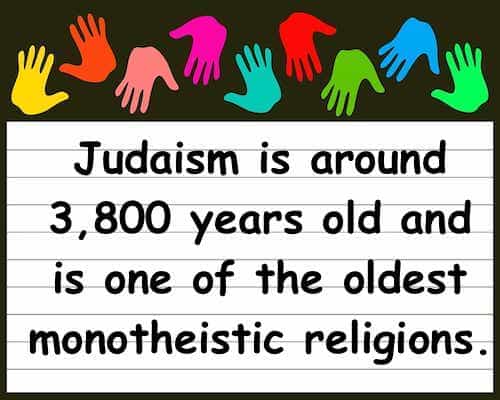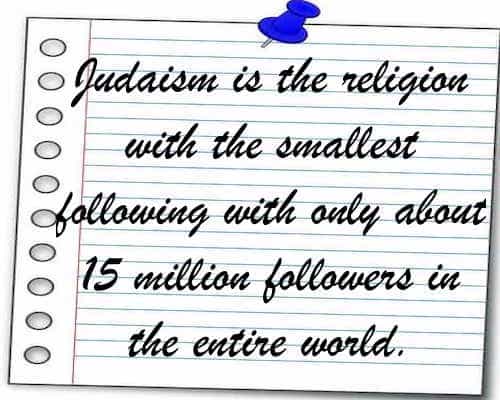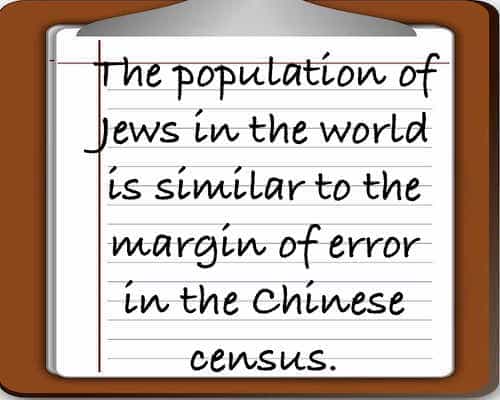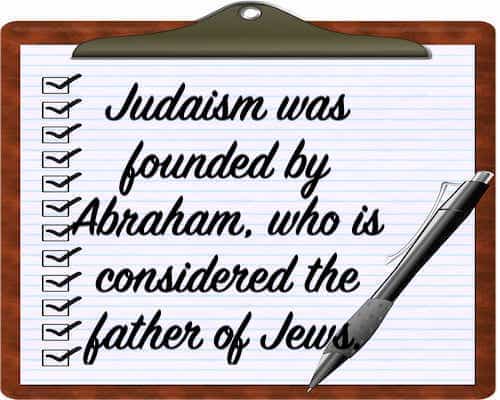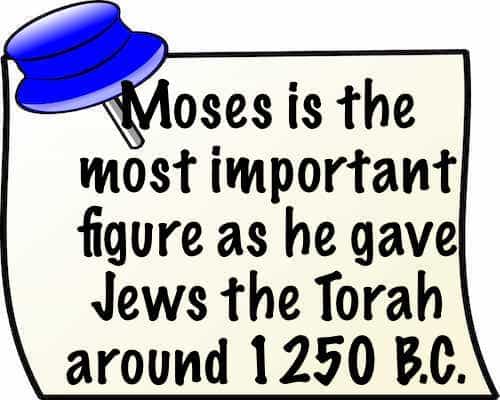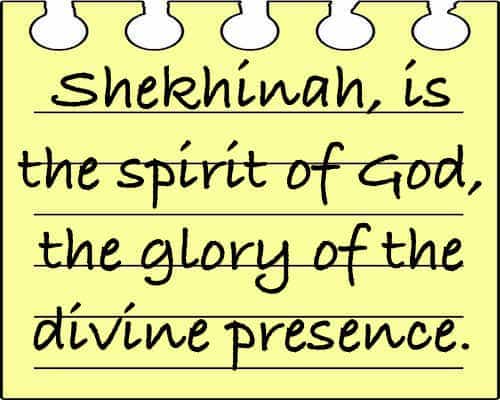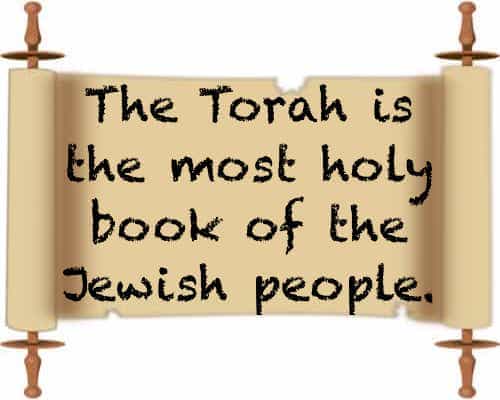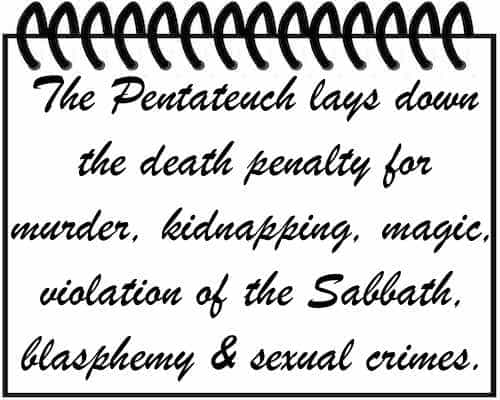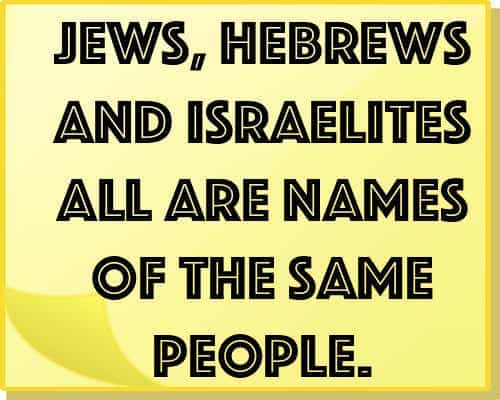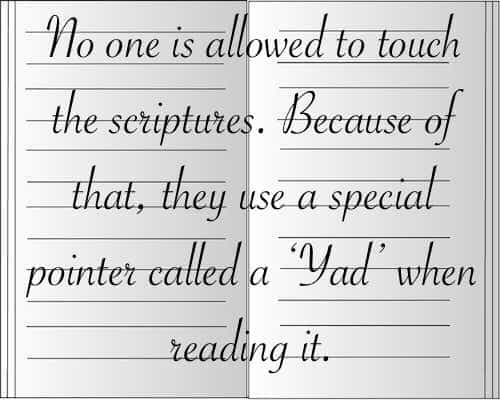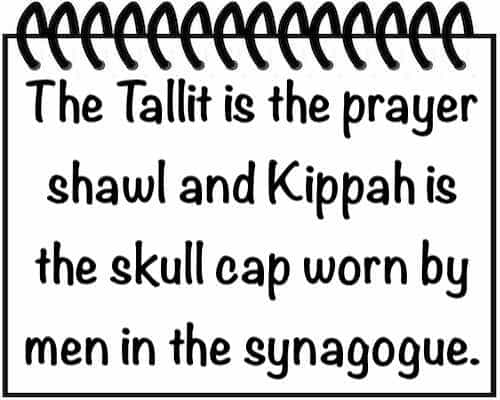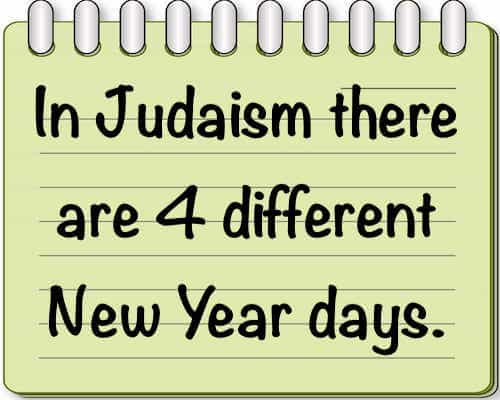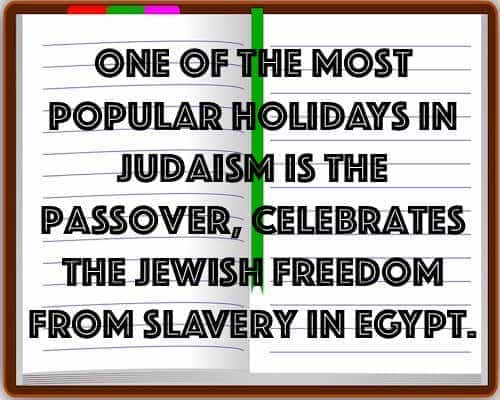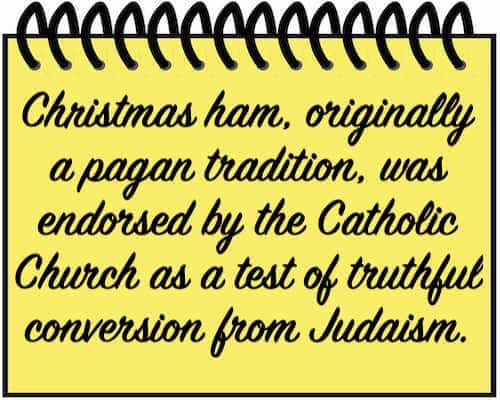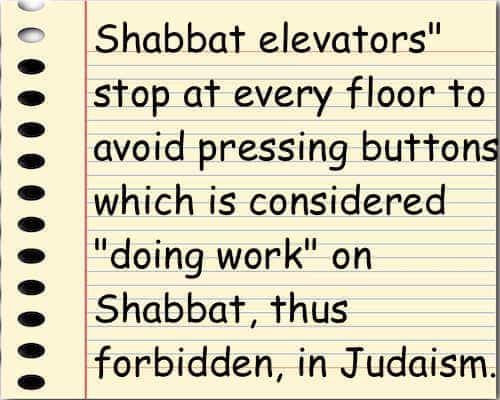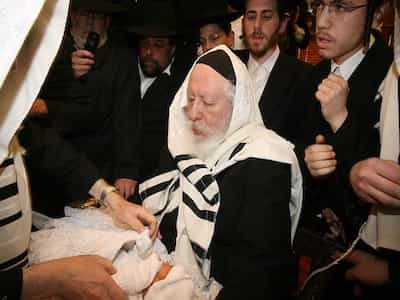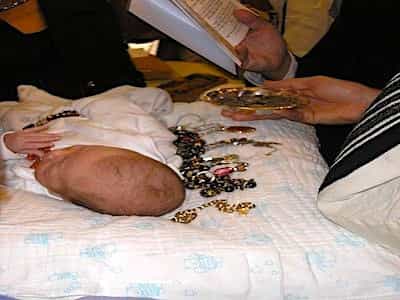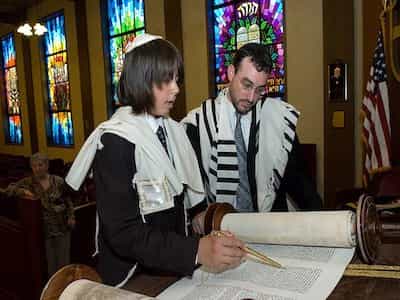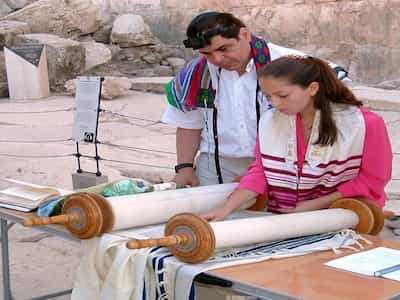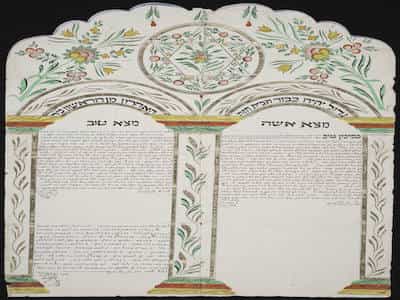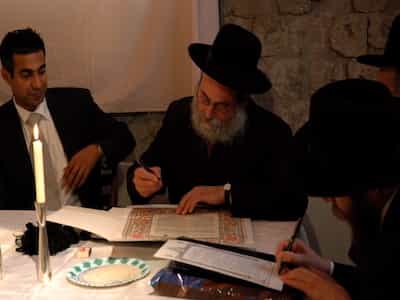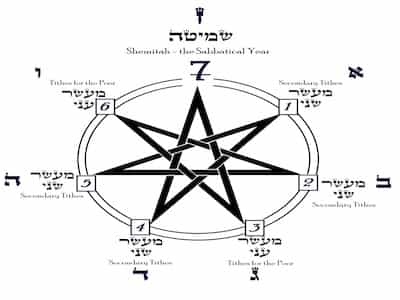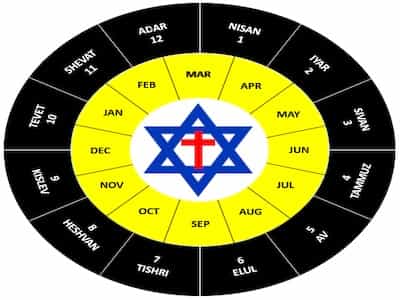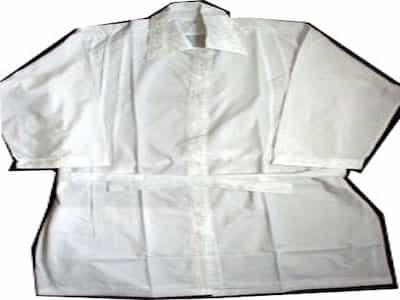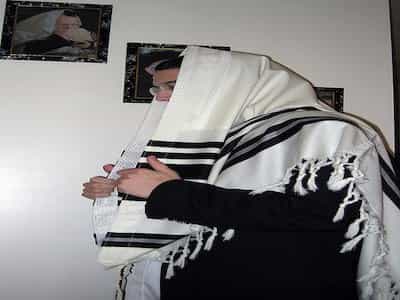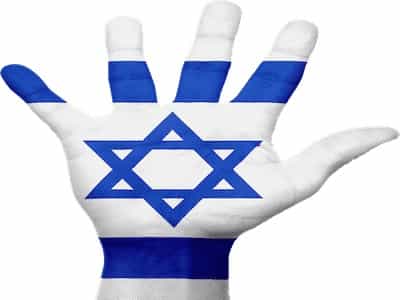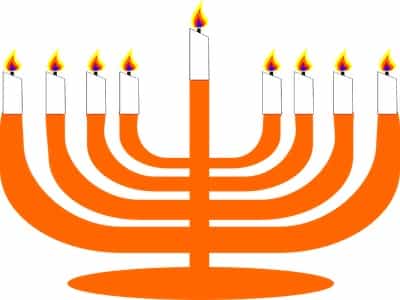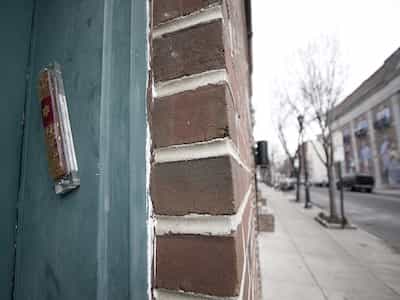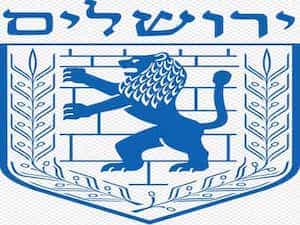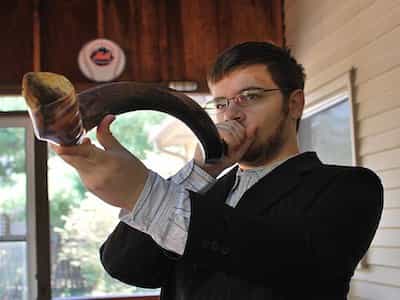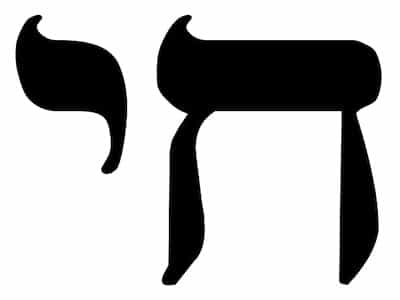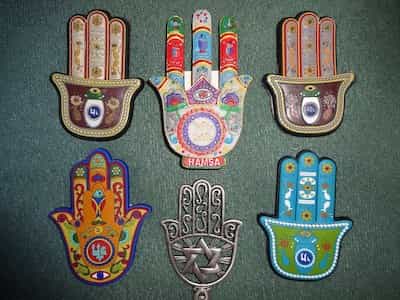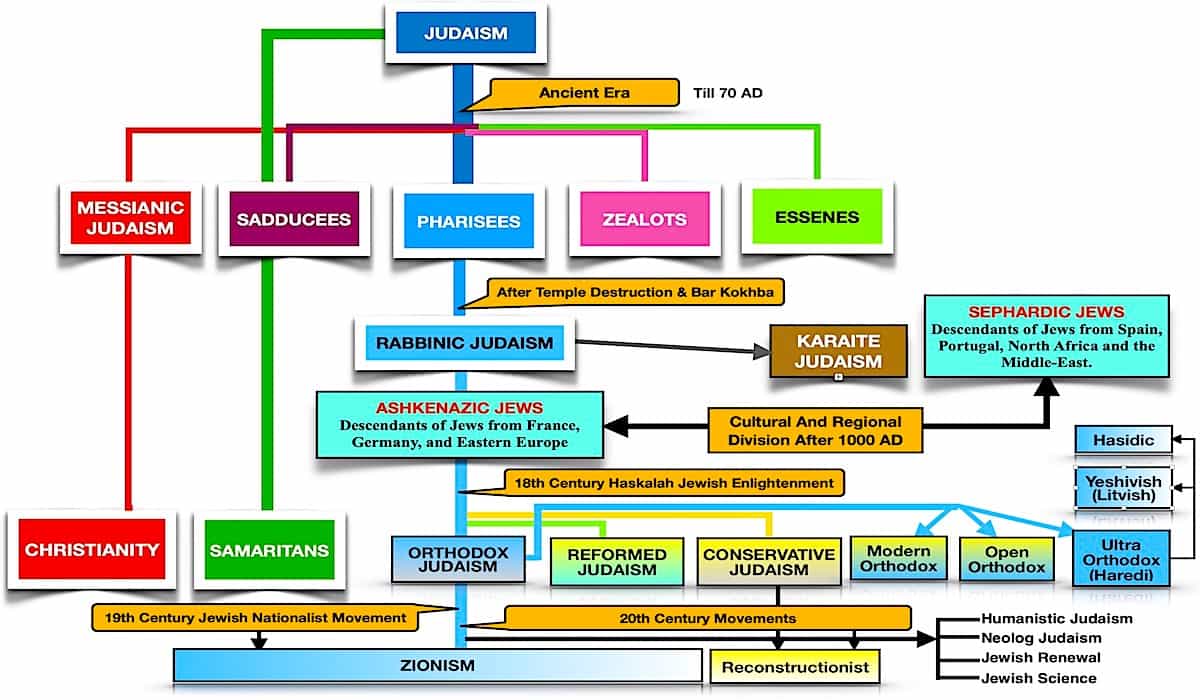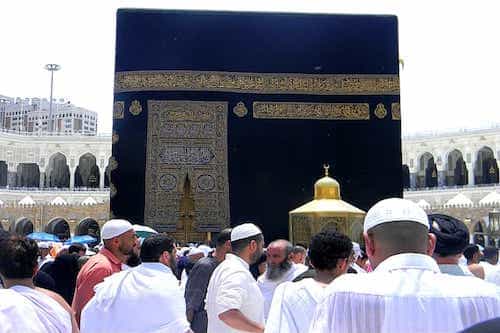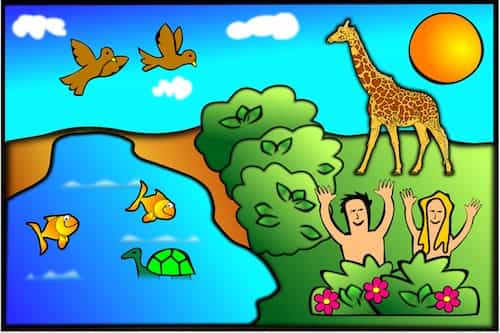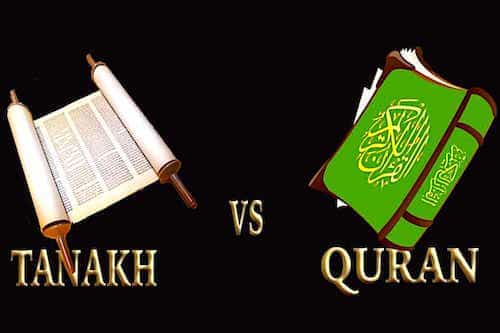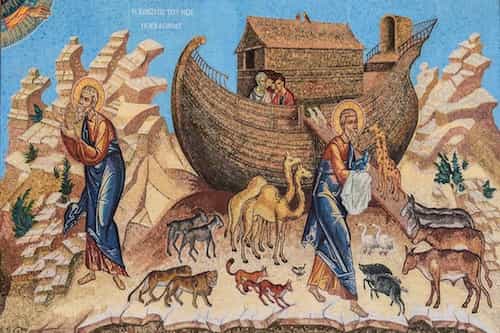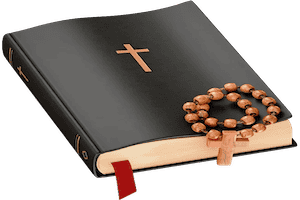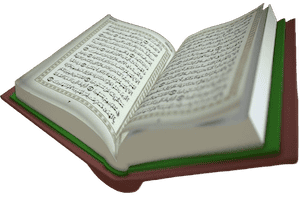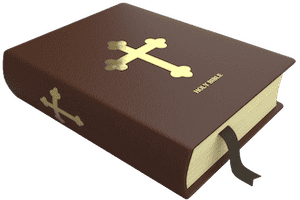FAST FACTS SLIDE SHOW
CLICK THE IMAGE TO OPEN IN LIGHT BOX
INTRODUCTION & BASIC TERMS
Place of Origin:
The Levant
Founder:
Abraham, Isaac, Jacob, and Moses
Date Founded:
1832 BC
Sacred Text:
Tanakh And Talmud
Sacred Places:
Temple Mount, The Western Wall, Rachel’s Tomb, Biblical Mount Sinai, Mount of Olives, Tomb of the Patriarchs in Hebron, Mount Zion.
Major Branches:
Reform, Orthodox, Conservative, Reconstructionist.
Major Sacred Rituals :
Sabbath, Brit milah, Bar mitzvah, Bat mitzvah.
Basic Doctrine:
Belief In One True God, To fulfill the Covenant with God, Following of Commandments 613 Mitzvahs, Belief in Messiah’s coming, proof of which will be an end to war and hunger all over the world.
Symbols:
Magen (Shield of David, Star of David), Menorah, Mezuzah, Chai, Hamsa.
—
Clergy:
Ancient times: Hereditary privileged priest class–Kohen and Levi. Present day: Religious functionaries like Rabbis, Cantors, Scribes, Mohels.
Holy Days:
Passover, Shabbat, Rosh Hashanah, Yom Kippur, Hanukkah, Sukkot, Purim.
Food:
Jews are required to eat kosher food. Pork is forbidden. Requirement for prayer and ritual butchery of meat. Quick and swift slaughter at single point on the throat; blood has to be completely drained.
Ethnic groups, Eidot, Communities:
Ashkenazi Jews, Sephardim Jews, Mizrahi or Oriental Jews, Ethiopian Jews.
Atonement:
Judaism rejects the doctrine of original sin. Atonement for sins commited is made through seeking forgiveness from God in prayer and repentance. In addition, the day of atonement (Yom Kippur) is set aside specially for this purpose.
Salvation:
Through belief in God and Mitzvot (good deeds). Each New Year, during Yom Kippur, Jews fast and pray for forgiveness from God, and if accepted, are written into the Book of Life, for the next year.
Afterlife:
Judaism’s ideas of the afterlife have varied widely among different groups and in different time periods. For the most part, Judaism does not emphasize the afterlife. Concept of Olam Ha Ba(the World to Come), Reincarnation, unifying with God, Gehenna and Gan Eden (Garden of Eden) there are different opinions and beliefs, but Judaism does not have a definite answer to the question of what occurs after we die.
HISTORY & BELIEF
ORIGIN:
Judaism is an Abrahamic religion that has its foundations around 3800 years back in the regions of the Middle East. Prophet Abraham is the eldest Patriarch of Judaism, and Moses is one of the most important figure in Judaism who gave Jews their Holy scripture Torah, the most important religious text of Judaism. In Judaism, the most important thing is following the 613 mitzvot (Commandments) of the Law of Moses. The followers of Judaism are called Jews. Jews, Hebrews, and Israelites are all name of the same people. The name Israelite came from the name of Israel, which was a symbolic proper name of Jacob that extended to his descendants. It is from Hebrew yisra’el “he that striveth with God” as was mentioned an incident in the book of Genesis. The word Jew came from the name of people who were from the ancient Kingdom of Judea also in turn the name of one of the son of Jacob (Judah).
BELIEF:
Jews believe in one God. In the 1100s a Jewish philosopher Maimonides wrote the 13 Articles of Faith which summarized Jewish beliefs. These 13 Articles are: 1-God exists, 2-God is one and unique, 3-God is incorporeal, 4-God is eternal, 5-Prayer is to God only, 6-The prophets spoke truth, 7-Moses was the greatest of the prophets, 8-The Written and Oral Torah were given to Moses, 9-There will be no other Torah, 10-God knows the thoughts and deeds of men, 11-God will reward the good and punish the wicked, 12-The Messiah will come, 13-The dead will be resurrected.
Jews believe that God will send a Messiah to save them. The word Messiah (Hebrew Mashiah) means “the anointed one.” The Messiah will be a human born as a direct descendant of King David through Judah and Solomon. He will be proceeded by Elijah, who will announce his arrival, and there will be an ingathering of Jews to Israel from all corners of the earth.
Names of God are very special in Judaism, so Jews do not write it or write like G-d. Instead, Jews use word HaShem, meaning “The Name” when they talk about God. Like “Allah” in Islam, Yahweh/Jehovah is the name of God in Judaism. It seems to be originated from the Hebrew word “hayah/hawah,” which is the verb “to be.” in the sense of “the one who is, the existing.” Another name of God is Elohim, which means the one strong enough to do everything. The three names (Yahweh, God and also Elohim) are so special that Orthodox Jews use these names only when they pray and read the Torah. When they are not praying or reading the Torah, they say “Hashem” (The Name) or “Elokim” instead of Elohim.
RELIGIOUS TEXT:
The Sacred book of Judaism is the Tanakh, which is the Hebrew Bible. It contains the Torah, Neviim, and Ketuvim. The Torah covers the creation of the earth and the first humans, the Great Flood and the covenant, the enslavement of Hebrews and Exodus from Egypt, wandering through the desert till death of Moses. The Neviim covers the time period from the death of Moses until the Babylonian exile, and the Ketuvim covers the period after the return from the Babylonian exile.
TOUCH THE BOXES TO QUICKLY TEST YOUR KNOWLEDGE
JUDAISM
Sacred TextTanakh And Talmud.
JUDAISM
Major BranchesReform, Orthodox, Conservative.
JUDAISM
Major Holy DaysShabbat, Passover, Rosh Hashanah, Yom Kippur.
JUDAISM
SymbolsMagen (Shield of David, Star of David), Menorah, Chai, Hamsa.
TEN COMMANDMENTS
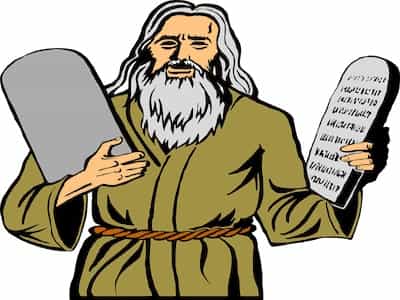
1- I am the Lord, your God.
2- You shall not have other gods.
3- You shall not take the name of the Lord your God in vain.
4- Remember the Sabbath day.
5- Honor your father and mother.
–
6- You shall not murder.
7- You shall not commit adultery.
8- You shall not steal.
9- You shall not bear false witness against your neighbor.
10- You shall not covet your neighbor’s house.
THE MESSIAH
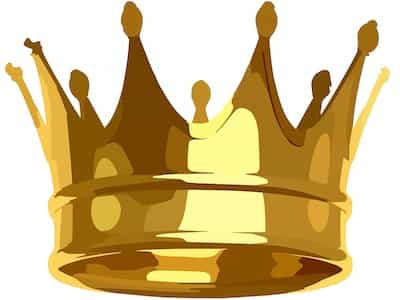
Jews believe that God will send a Messiah to save them. The word Messiah (Hebrew Mashiah) means “the anointed one.” The Messiah will be a human born as a direct descendant of King David through Judah and Solomon. He will be proceeded by Elijah, who will announce his arrival, and there will be an ingathering of Jews to Israel from all corners of the earth. Certain things will take place when the Messiah arrives, including:
1. Reestablishment of the Holy Temple
2. Worldwide peace
3. The entire world will believe in G-d
4. Jews will be asked for spiritual guidance
5. Death will cease, and there will be a resurrection of the dead
6. The enemy dead will be buried
7. The Nations will help the Jews materially
8. Every tribe of Israel will receive its inheritance
9. Eternal happiness and delight will characterize the Jewish Nation
10. The Egyptian River will run dry
11. Soil & Trees will yield new fruit monthly in Israel
12. The Messiah will be the perfect judge able to see beyond words and appearances
13. The Messiah will be able to uproot evil at a word
14. The Messiah will be the king of an independent and recognized Israel
15. The nations will realize the wrongs they did to Israel
16. Israel will be certain in the practice of Torah
17. All of Israel will be prophets
18. The Messiah will be universally recognized
CEREMONIES & RITUALS
Important Points In A Jewish life
PLEASE CLICK THE IMAGE TO SEE IT BIGGER
BRIT MILAH
Brit Milah is a covenant of circumcision “Yiddish,” A circumcision ceremony when a boy is eight days old. It includes naming the baby. It is performed by a “mohel” circumciser and followed by a celebratory meal.
PIDYON HABEN
Pidyon Haben is the redemption of the first-born son. A mitzvah in Judaism when in a special ceremony a father redeems his first son from the Temple. As in the beginning, all first-born boys were sent to serve in the Temple. The redemption is attained by giving five silver coins to a Kohen/a priestly family of Aaron.
BAR MITZVAH
Bar Mitzvah is a special ceremony where Jewish boys of age 13 become adults in the eyes of the Jewish religion, considered a man and is expected to follow Jewish law. It means Son of the Commandment. It is done by reading the Torah and special prayers. The term not only refers to the ceremony but also to the boy himself.
BAT MITZVAH
Bat Mitzvah is a special ceremony where Jewish girls of age 12 become adults in the eyes of the Jewish religion, considered a woman and is expected to follow Jewish law. It means Daughter of the Commandment. It is done by reading the Torah and special prayers. The term not only refers to the ceremony but also to the girl herself. In the case of a girl, a ceremony is not mandatory.
KETUBAH
Jews call marriage Kiddushin, and a ketubah is a Jewish marriage contract that outlines the financial, marital, and moral obligations a man has toward his wife. Traditionally, a ketubah is written in Aramaic and is witnessed and signed by two male witnesses before being given to the bride during the wedding ceremony. The couple is married under a canopy called huppah/Chuppah and couple give each other a ring as a token or symbol of their promises. A glass is broken to remind them that their joy will never be complete until the Holy Temple in Jerusalem is rebuilt.
GET
A Get is a Jewish divorce declaration that a man is required to give to his wife in order to set a religious divorce. A woman must have a Get before she is permitted to remarry. It mainly consists of the text that states, “You are hereby permitted to all men,” which indicate that the woman is no longer married and the laws of adultery do not apply to her.
SHEMITAH/SABBATICAL YEAR
The Shemitah (Sabbatical) year occurs every seven years and is a year of rest for the land. No planting or harvesting may be done during a Shemitah year. The population must rely on the produce from the sixth year for three years: 6th, 7th, and 8th as in Leviticus 25:20-21.
YOVEL/JUBILEE YEAR
The year after seven cycles of seven Shemitah years (49 years) is known as the Yovel/Jubilee year the 50th year. The Yovel is treated as a Shemitah year, which means that the 48th year must support the population for four years 48th, 49th, 50th, 51st). Also, during this Yovel year, all slaves must be set free as in Leviticus 25:10 and all sales of land are returned to their owners as in Leviticus 25:23. That is why there were only leases of property for periods of up to 49 years.
JEWISH RELIGIOUS CLOTHING
PLEASE CLICK THE IMAGE TO SEE IT BIGGER
KITTEL
Special Jewish clothing includes the kittel which is a white knee length over-garment worn on High Holidays
KIPPAH
kippah is a brimless skullcap worn on many Jewish occasions and at all times by some men to remind him that he is always duty bound to follow the laws of God at all times and in all places.
TALLIT
Tallit is a prayer shawl with tzitzit i.e tassels on the Tallit’s four corners. The fringes on the shawl remind a Jew of the many commandments of the Torah. They wear it before beginning to worship or pray.
TEFILIN
Tefilin is a small leather box with long leather straps attached. The boxes are worn on the left forearm and on the forehead when praying at home or in the synagogue. Inside the boxes are verses and content from the scriptures. A tefilin on the left arm is a reminder to keep God’s laws with all your heart, because it is near to the heart. A tefilin on the forehead remind the Jew to concentrate on the teachings of the Torah with all your full mind.
TALLIT & TEFILIN

KIPPAH

TEFILIN

JEWISH FOOD LAWS (KASHRUTH)
Kashruth is a set of Jewish religious dietary laws. According to Halachah, there are three types of food: Kosher, Non-Kosher, and Pareve.
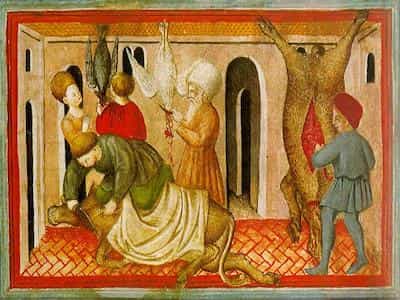
KOSHER FOOD
Kosher is from Hebrew term kashér, meaning “fit.” Kosher food is any food that is determined to be kosher according to Halachah (Jewish Law), for example, milk, chicken, chocolate. There should be no mixing of dairy and meat, no pork or pork products, and no shellfish. The animal from which the meat is taken must have been slaughtered in accordance with the commandment to slaughter mammals and birds, a process known as shechita. Jews cannot eat meat from any animal which does not both chew its cud and has a split hoof. Can eat Seafood that has scales and fins.
NON KOSHER FOOD
Non-kosher food is any food that is determined to be non-kosher, according to Halachah. Cannot eat Seafood that does not has scales and fins. Cannot eat animals that do not have split hooves and do not chew their cud. Also rodents, reptiles or amphibians are prohibited.
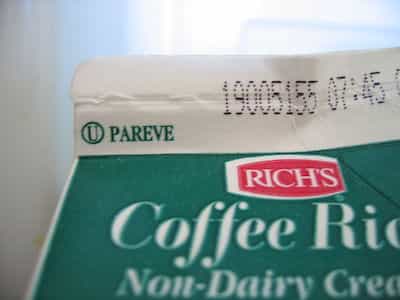
PAREVE
Pareve food is any food that is neither kosher nor non-kosher. Edible substances that contain neither dairy nor meat ingredients. Food in this category includes all items that grow from the ground fruits, vegetables, grains, etc.
JEWISH SYMBOLS
PLEASE CLICK THE IMAGE TO SEE IT BIGGER
STAR OF DAVID
The most used symbol is the Magen David also called the Shield Or Star of David and is generally recognized as the symbol of modern Jewish identity and Judaism. It is used on Israel flag between two horizontal blue stripes since October 1948, five months after the country’s establishment. The symbol was first used on a flag in 1897 by the worldwide Zionist community in the First Zionist Congress.
MENORAH
Menorah is the oldest symbol candlestick with seven candle holders, symbolizes the burning bush as seen by Moses on Mount Sinai. Two types of Menorah seven and nine candle holders. The nine candle holder is called Hanukkah or Chanukah and is used in the Jewish festival of Hanukkah.
MEZUZAH
Mezuzah is a little case that contains a tiny scroll inside which have printed writings from the Bible in Hebrew and is called the Shema. It says that Jewish people should love God and keep his rules. It can be seen in doorsteps of Jewish houses. The mezuzah scroll is rolled up, wrapped in paper or plastic, and inserted into a mezuzah case. A mezuzah scroll is hand-written by a sofer (Jewish scribe) on kosher parchment using kosher ink and a quill from a kosher bird. The parchment is scored with a stylus and the Hebrew verses from Deuteronomy 6:4-9 and 11:13-21 are written on the parchment. On the reverse side of the parchment, the Name Shaddai (one of G-d’s Names) is written. The mezuzah scroll is then wrapped in paper or plastic and is ready to be inserted into a mezuzah case.
LION OF JUDAH
The Lion of Judah is Judaism national and cultural symbol, traditionally regarded as the symbol of the Israelite tribe of Judah. According to the Torah, the tribe consists of the descendants of Judah, the fourth son of Jacob.
SHOFAR
A shofar is an old musical horn traditionally made of a ram’s horn, used for Jewish religious purposes. The shofar is blown in synagogue services on Rosh Hashanah and at the very end of Yom Kippur,
CHAI
The word Chai is made up of two letters of the Hebrew alphabet – Chet (ח) and Yod (י), together meaning “alive,” or “living.” The Chai symbol can be worn by Jews as a medallion around the neck.
HAMSA
Hamsa is a symbol of the open right hand and is a sign of protection that also represents blessings, power, and strength. The Hamsa (Arabic: خمسة Hebrew: חַמְסָה, means “five,” but also “the five fingers of the hand” and is seen as potent in deflecting the evil eye.
JEWISH DENOMINATIONS
Movements, Divisions And Branches In Judaism
Jewish denominations are actually religious movements also called branches, streams, movements or flavors. These branches are differentiated from one another based on their approaches to Jewish tradition, and interpretation of Jewish scriptures and law. The main denominations of present times are Orthodox, Reform, and Conservative with many smaller movements alongside them.
ANCIENT ERA
Samaritans:
The first and foremost division is Samaritans. The Samaritans were descendants of the tribes of Ephraim and Manasseh in the northern Kingdom of Israel. The division between them and the Judean-led Southern Israelites most probably started during the biblical time of the priest Eli, who was, according to the Books of Samuel, a High Priest of Shiloh. Samaritan scripture preserves a version of the Pentateuch in slightly variant forms. Samaritans believe that Mount Gerizim was the original Holy Place of Israel from the time that Joshua conquered Canaan. Thus the main issue among Jews and Samaritans have always been the site of the Chosen Place: The Temple Mount of Moriah in Jerusalem according to Judaism or Mount Gerizim according to Samaritanism. Nowadays Samaritans are reduced only a few hundred in numbers and living in the Israeli city of Holon and near Nablus on Mount Gerizim, in the West Bank approx 700 in number in each region.
SECOND TEMPLE ERA
Pharisees, Sadducees, Essenes, Zealots & Messianic:
Then there are movements and branches in the 2nd Temple era before 70AD destruction of Temple. During that time, there were four major sects of Judaism Pharisees, Sadducees, Essenes, and Zealots. Christianity also began as a sect of Judaism, accepting Jesus as Messiah and is called as Messianic Judaism. Essenes were those who led a strictly communal and monasticism life separate from society in preparation for the end of the world. The Essenes produced religious manuscripts dated almost 300 BC found in 1946-56 known as the Dead Sea Scrolls.
Zealots are those who believed in armed revolt against oppressors and was actually a rebel movement against the Roman empire to throw them out of the Holy Land.
But the main sects were Pharisees and the Sadducees. Pharisees wanted to preserve the authority of the Sanhedrin, the supreme Jewish court and authority and beliefs of classical Torah teachings. They also began the early teachings of the Mishna. They believed in an afterlife and the bodily resurrection of the dead and in Determinism. While Sadducees did not believe in these. They were friendly towards the Roman Empire and in control of the high priest positions. Annas and Caiaphas, mentioned in the New Testament, were Sadducees.
AFTER TEMPLE DESTRUCTION & BAR KOKHBA
Rabbinic Judaism:
After the destruction of Temple in 70 AD and the Bar Kokhba revolt about 60 years later, Judaism changed a lot. As first time there has been no temple, no priests, and no sacrifices in a genuine sense. So the new Judaism cannot be the same as Old Biblical Judaism. So from the Pharisees developed the new Judaism known as Rabbinic Judaism. It taught that there was a written Torah as well as an Oral Torah. Since 6th century AD Rabbinic Judaism has been the mainstream form of Judaism after the codification of the Babylonian Talmud. As Rabbinic Judaism grew, Christianity became more as a heresy than a sect of Judaism. Another little branch arising during this time was Karaite Judaism when non-Rabbinic sages like Benjamin Nahawandi took the rejection of the oral law and not recognizing the authority that Rabbinites ascribe to essential Rabbinic works like the Talmud and the Midrashim.
REGIONAL & CULTURAL DIVISIONS
The Rabbinic period lasted until around the end of the 17th century but during this time after 1000 AD Jewish divided also on an ethnic, regional, and cultural basis. Two main division are Ashkenazic and Sephardic Jews. Ashkenazic are Jews from France, Germany, and Eastern Europe while Sephardic are descendants of Jews from Spain, Portugal, North Africa, and the Middle-East. Ashkenazi Jews comprise about 75% and Sephardi Jews, about 20% of the world’s Jewish population. The remaining 5% is the third division called the Ethiopian Jews who follow the Haymanot branch of Judaism.
ENLIGHTENMENT ERA
Reform, Orthodox, Conservative:
Then in18th-century there were intellectual and Enlightenment movements all over the world and esp in Europe. These movements promoted scientific reasoning and allowed people to question previously unshaken dogmas. The Haskalah movement started by Moses Mendelssohn, brought the Enlightenment to the Jewish community, especially in Ashkenazic Jews. Reform Judaism, which emerged in Germany during the 18th century, is by far the most theologically liberal sect based on interpretation of traditional practices rather than strict adherence to them. They don’t consider scriptures as inspired, and according to them, the Scriptures are human developments, subject to our interpretations and fallibilities. In response to the rise of Reform, the supporters of tradition and rituals became the primary opponent and are known as Orthodox. They say that the Torah is given to Moses directly by God on Sinai and is applicable in all ways and at all times. Within Orthodox Judaism, there are many small subgroups like Modern Orthodox, Open Orthodox and Ultra-Orthodox (Haredi Judaism) which is further divided into Hasidic and Yeshivish (Litvish) Judaism.
Then a third group emerged with middle views known as Conservatives. They follow to the laws of the Torah and Talmud, but with specific grants made to modern cultural preferences. They use both local and Hebrew language for religious rituals and same as Reform Judaism they do not see the Scriptures as inspired or inerrant.
POST ENLIGHTENMENT ERA
Zionist:
In the 19th Century, there is a nationalist movement in Jews and thus emerged the Modern Zionist movement in Central and Eastern Europe that supports the re-establishment of a Jewish homeland in the territory defined as the historic Land of Israel. Theodor Herzl (1860 – 3 July 1904) is considered the founder of the Modern Zionist movement.
RECONSTRUCTIONIST & OTHERS:
Then there are many new and smaller sects of Judaism developed mostly in the 20th century. They are Reconstructionist Judaism (a liberal movement within Conservative), Humanistic Judaism (Emphasizes Jewish culture and history as the sources of Jewish identity), Neolog Judaism(similar to Conservative Judaism), Jewish Renewal (Overwhelming worship style and mysticism of Hasidism, while rejecting the halakhic rigidity of Orthodox) and Jewish Science (Same as Christian Science, Jewish Science sees God as a force or energy).
JEWISH IMPORTANT DAYS & FESTIVALS
Judaism Celebrations, Festivals and Holy Days
The Jewish year is divided into events that recall the history of Israelites and God’s favors on them. The significant Jewish holy days are the Sabbath, the 3 pilgrimage festivals (Passover, Shavuot, and Sukkot) and the 2 High Holy Days (Rosh Hashanah and Yom Kippur). For Jews, it is forbidden to work on any of these days.
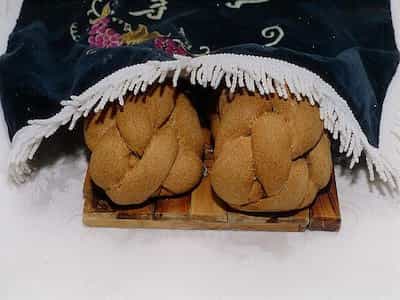
SHABBAT (Day of Rest)
God created the Heavens and Earth in 6 days and on the seventh day He took rest. Shabbat is observed from Friday evening till the appearance of 3 stars on Saturday night. During dinner, candles are lit, and a blessing is recited over loaves of a braided Jewish bread called challah. It is the day to remember the creation of Heaven & Earth. Public transport is suspended, businesses are closed, leaves are granted to workers for festive family feasts and services in the synagogue. Jews generally desist from travel and refrain from working or using electrical appliances on this day.
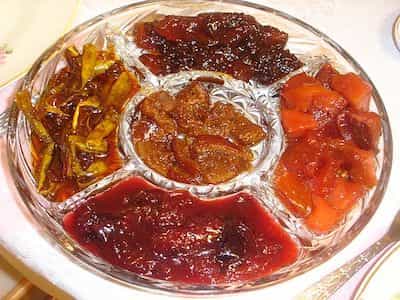
ROSH HASHANAH (Day of Remembrance)
Rosh Hashanah, The two-day festival falls on 1-2 Tishrei in the Jewish calendar, usually September in the Gregorian calendar, and is the Jewish New Year festival. People eat apple dipped in honey to wish each other a sweet and happy new year. Rosh Hashanah commemorates the creation of the world. It is the Jewish New Year, which marks the beginning of the 10 days of atonement leading up to Yom Kippur. The Jews blow the shofar, or ram’s horn, in the synagogue as a holiday custom. It is also known as the Day of Judgement, Yom Teruah, the Day of the Sounding of the Shofar, and the Day of Remembrance.
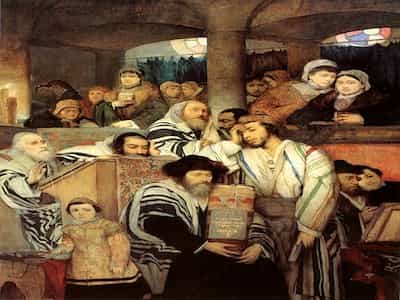
YOM KIPPUR (Day of Atonement)
Ten days after Rosh Hashanah, Yom Kippur is the most important Jewish holiday. The only fast day decreed in the Bible, Jews usually fast for 25 hours and pray, spending most of the day in synagogue. It is the “Day of Atonement” and is the holiest day of the year for Jews, a day of fasting and praying for forgiveness for one’s sins. The country comes to a complete halt for 25 hours on this day; places of entertainment are closed, there are no television and radio broadcasts, public transport is suspended, and roads are completely sealed.
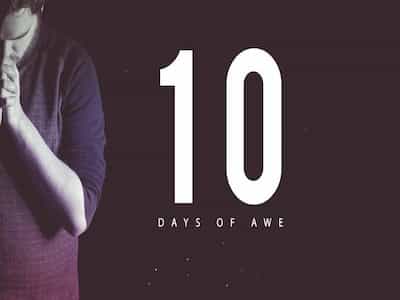
DAYS OF AWE
This important period, which occurs in the autumn, starting with Rosh Hashanah and ending with Yom Kippur, these 10 days are called the Days of Awe or Yamim Noraim and is a time of repentance and atonement for sin. According to Jewish tradition, it is during the Days of Awe that God decides on each person’s fate for the next year. He writes these judgments on Rosh Hashanah, but they can be changed until the end of Yom Kippur when the books are sealed. That’s why Jews greet one another before and during the Days of Awe: L’shanah tovah “for a good year.”
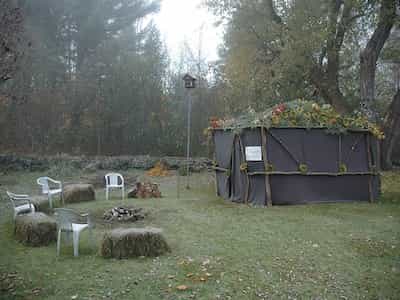
SUKKOT (Feast of Tabernacles)
Begins five days after Yom Kippur, described in the Bible Lev.23:34 as the “Feast of Tabernacles.” Sukkot is one of the three pilgrimage festivals that were celebrated (until 70 CE) with the mass pilgrimage to the Temple in Jerusalem. It remembers the years that the Jews spent in the desert on their way to the Promised Land. Some lived in tents while others built huts out of leaves and branches. These huts were called sukkot. During the festival, some Jews build their own sukkah in the garden or at the synagogue. Jews eat their meals in the sukkah for the 8 or 9 days of the festival.
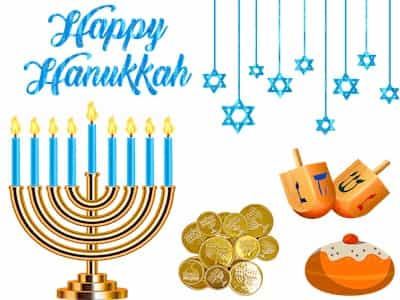
HANUKKAH (Dedication)
Hanukkah or Chanukah takes place in December and is the Jewish festival of lights celebrated as an eight-day Jewish holiday starting on the 25th night of the Jewish month of Kislev. It celebrates the allegiance of the Jewish Temple in Jerusalem after the Maccabees defeated the Syrian-Greeks 2,000 years ago. It marks the re-dedication of the Second Temple in Jerusalem and the miracle of the burning oil. This is where the oil of the menorah in the temple miraculously burned for eight days, even though there was only enough oil for one day.
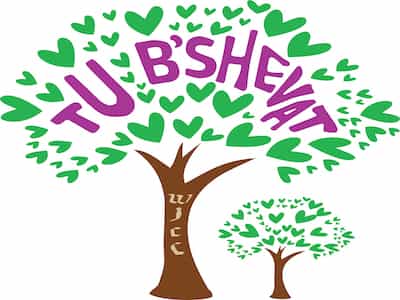
TU B’SHEVAT
Tu B’Shevat is the Jewish ‘New Year for Trees’ occurring on the 15th day of the Hebrew month of Shevat. The name Tu BiShvat is derived from the Hebrew date of the holiday, which occurs on the fifteenth day of Shevat. “Tu” stands for the Hebrew letters Tet and Vav, which together have the numerical value of 9 and 6, adding up to 15. It is one of the four Jewish new years (Rosh Hashanahs). Nowadays, the day is celebrated as an ecological awareness day, and trees are planted in celebration.
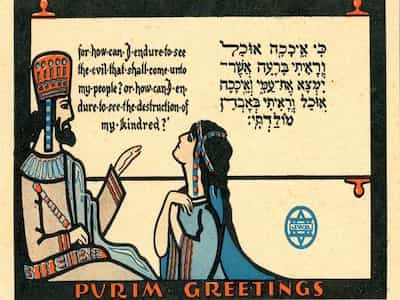
PURIM
Purim “lots”, from the word פור pur “fate” also called the Festival of Lots, is a Jewish holiday that remembers the saving of the Jewish people from Haman, an Persian Empire official who was planning to kill all the Jews, as described in the Book of Esther dated to the 4th century BC. This day is marked for exchanging gifts of food and drink, donating charity to the poor, eating a celebratory meal known as Seudat Purim and for Public recitation of the Scroll of Esther and by making noise whenever the villain Haman’s name is recited.
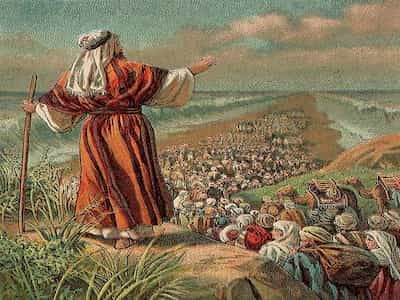
PASSOVER
Pesach (the Jewish word for Passover) is one of the most popular holidays in Judaism, and it lasts 7 or 8 days. Starts in spring season March or April beginning on 15 Nisa. Jewish people remember how God brought the Jews out of slavery in Egypt by Moses. There is a great spring cleaning in the home before the festival to ensure that no trace of leaven is left in the home during Pesach. A special meal is prepared to remind Jews of the good and bad times of the past. Matzah (unleavened bread) is eaten throughout the festival, as are other foods that contain no leaven. The Seder plate includes a hard-boiled egg, parsley, boiled potato, lettuce, horseradish, and chopped apples and walnuts.
Nowadays less than a week after Passover, Jews commune with the memory of the 6 million martyrs Jews who perished at the hands of the Nazis in the Holocaust. A siren is sounded at 10 AM, as the nation observes two minutes of silence.
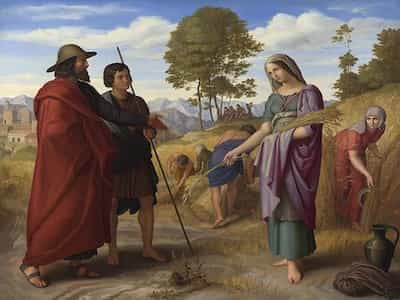
SHAVUOT/FEAST OF WEEKS (Pentecost)
The Feast of Weeks is the last of the pilgrimage festivals, when enumerated from the beginning of the Jewish year and falls 7 weeks almost 50 days after Passover 6 Sivan, at the end of the barley harvest and the beginning of the wheat harvest. It is also called the Shavuot in Hebrew or Pentecost a Greek name, “Feast of Harvest” as in Exodus 12:16 and the “Feast of Weeks” as in Deuteronomy 16:10 and also the “Day of the First-Fruits” as in Numbers 27:26. It is also called, the “closing season of the Passover” to distinguish it from the seventh day of Passover and from the closing day of the Feast of Tabernacles, i.e., the end of the fruit harvest.
Shavuot is observed with a mass gathering of festive worship at the Western Wall. It marks the peak of the new grain harvest and the ripening of the first fruits, including the seven species mentioned in the Bible (wheat, barley, grapes, figs, pomegranates, olives and dates).
WORLD’S RELIGIOUS POPULATION
Religious Populations By Number Of Adherents
You can see that Judaism has the smallest number of adherents worldwide around 15 million in numbers 0.2%. Christianity has the largest number of adherents worldwide around 2.4 billion in numbers 31.7%. Muslims are second in numbers around 23.7% 1.8 billion.
PLEASE DRAG THE HANDLE IN THE MIDDLE OF THE PICTURE TO SEE TWO CHARTS
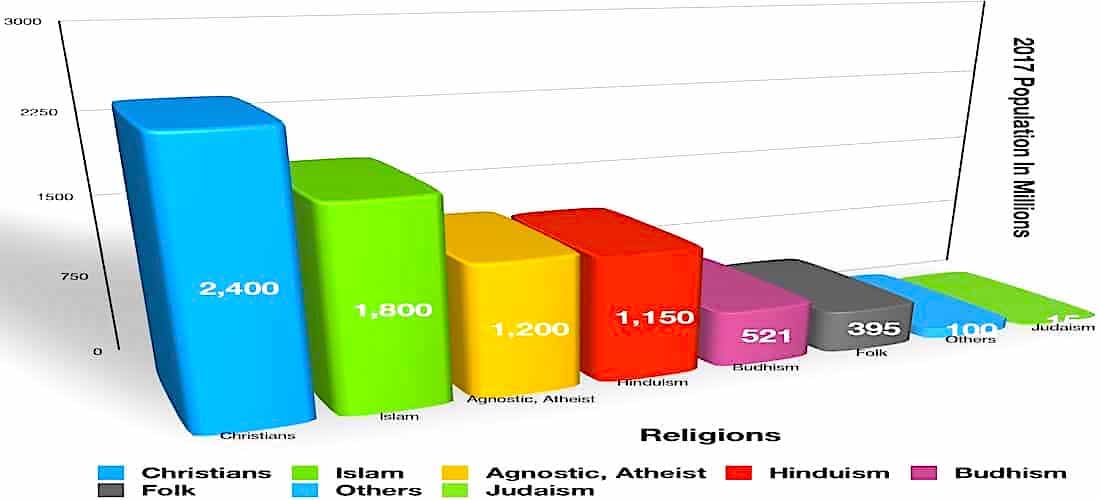
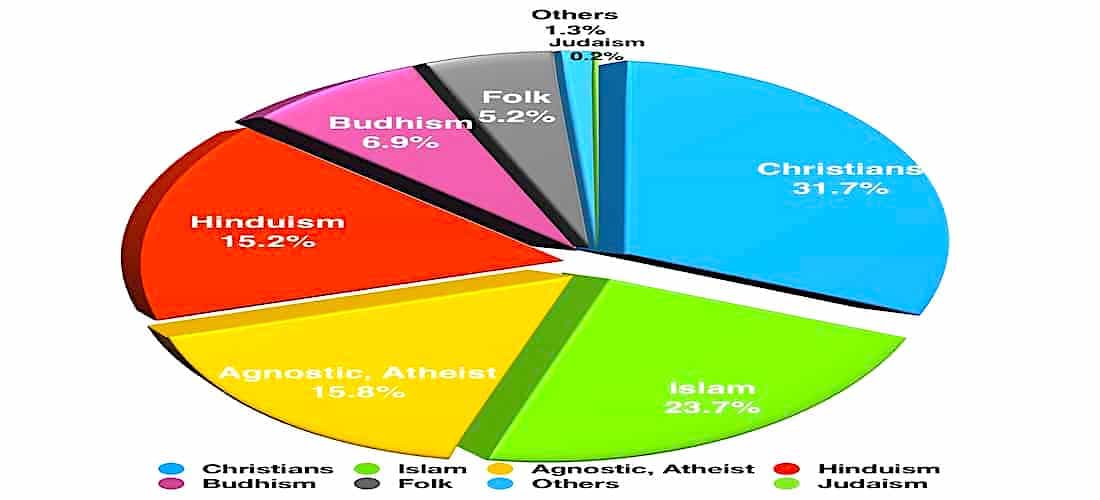
JUDAISM BY COUNTRY
Size And Distribution Of World’s Jewish Population
Previously Israel was on the top of this list but now currently USA has almost same number of Jews living there and statistics show that in near future USA will be on the top of this list.
PLEASE DRAG THE HANDLE IN THE MIDDLE OF THE PICTURE TO SEE TWO CHARTS
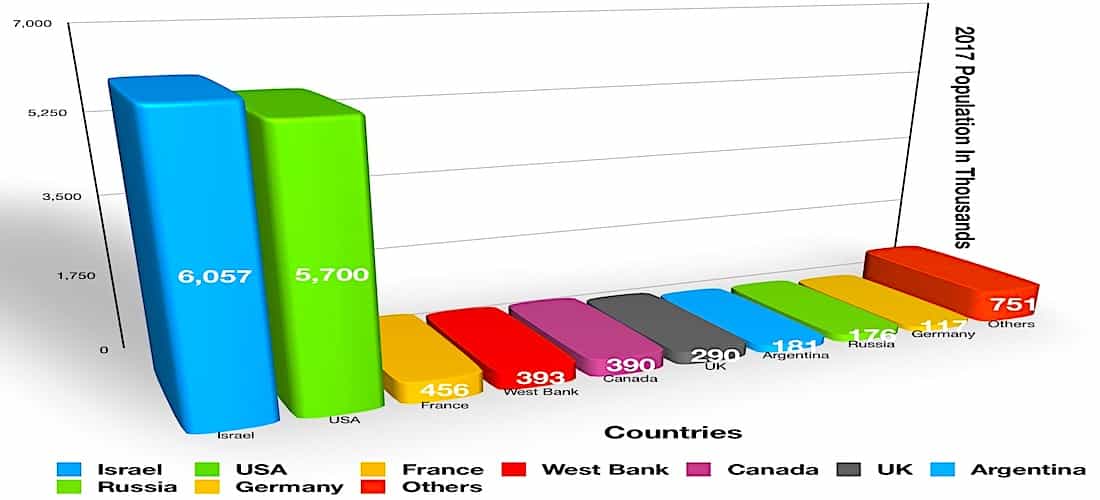
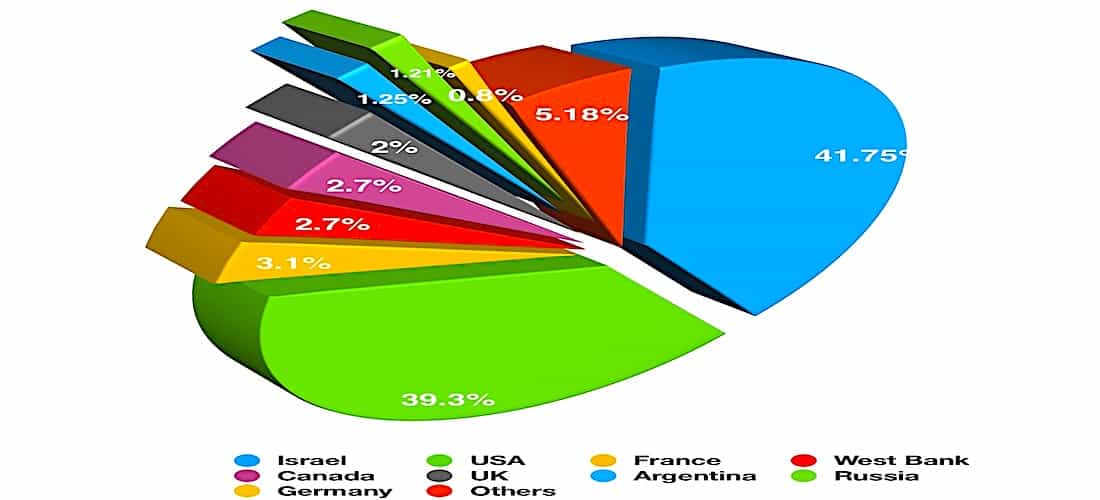
Share this article
Written by : TheLastDialogue
A Synthesis of Religions. O Mankind I am presenting you the case of God,, يا أيّها الجنس البشري؛أنا أقدم لكم "قضية الله, ¡Oh humanidad! Les estoy presentando el caso de Dios, O люди, я представляю вам дело Божие, ای بشر من سخنان خدا را به تو عرضه می کنم., Ey insanlık, ben sana Tanrı'nın davasını sunuyorum, 哦人类,我向你展示上帝的情形, اے بنی نوع انسان میں آپ کے سامنے خدا کا مقدمہ رکھتا ہوں
"The Last Dialogue" is an individual's effort by the Will of his Lord to make this world a better living place, to raise the human intellect for the fulfillment of God’s Will and to invoke God’s Mercy on humans.
The Last Dialogue (thelastdialogue.org) stands as a testament to human understanding, held in high esteem and frequently cited across prominent platforms such as Wikipedia, Reddit, and Quora. Its profound significance is evidenced by the multitude of citations and mentions it garners from scholars spanning various faith traditions, including Judaism, Christianity, and Islam.
It distinguishes itself as the sole religious platform adhering to the noble tradition of not soliciting charity, zakat, or donations – a practice aligned with the true Sunnah of Prophets.
قُلْ مَا أَسْأَلُكُمْ عَلَيْهِ مِنْ أَجْرٍ وَمَا أَنَا مِنَ الْمُتَكَلِّفِينَ
Say, "I do not ask you for this any payment, and I am not of the pretentious.



